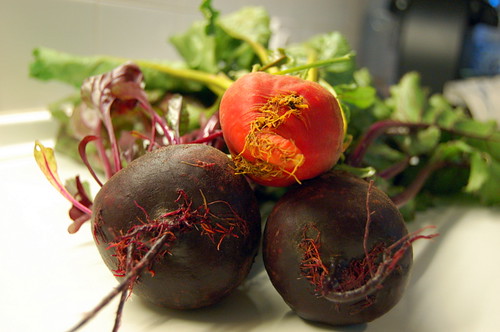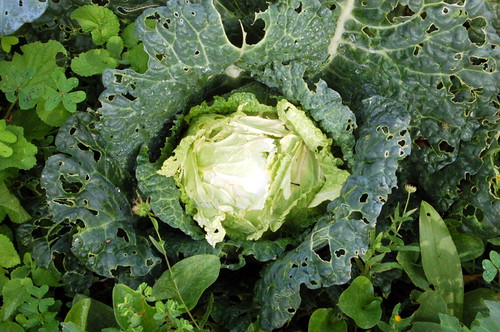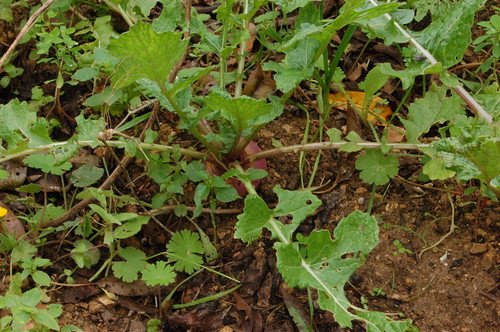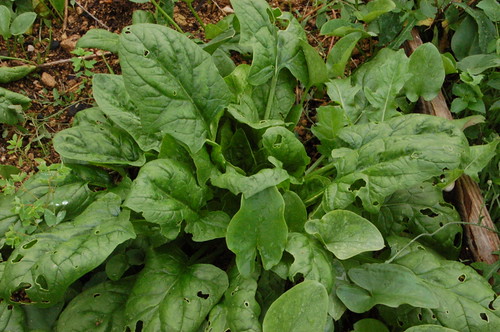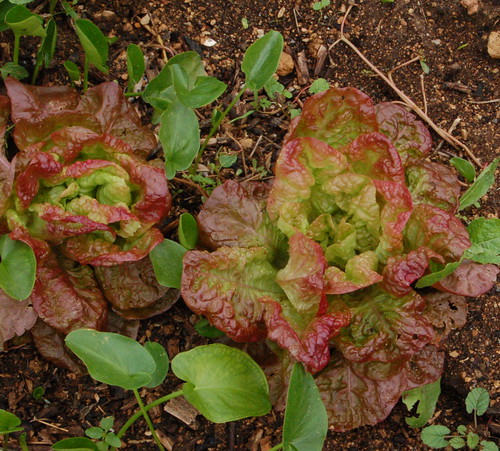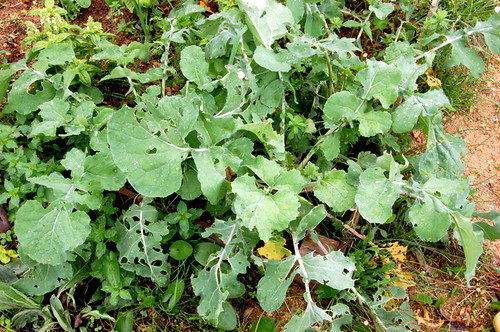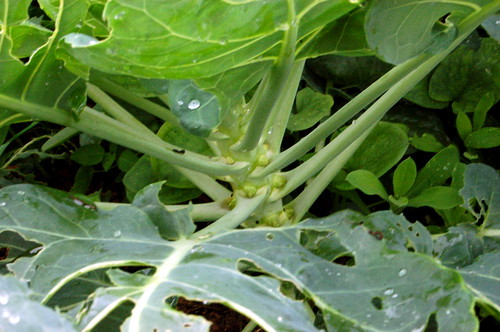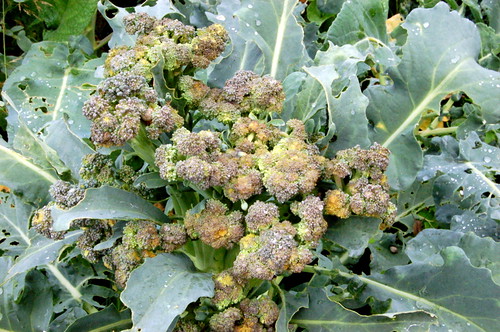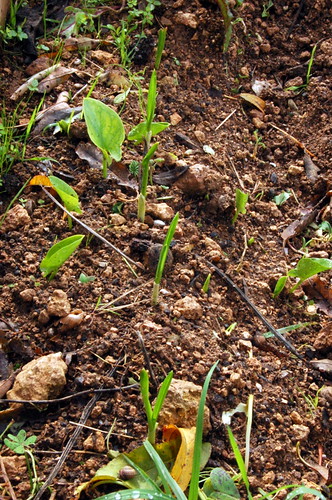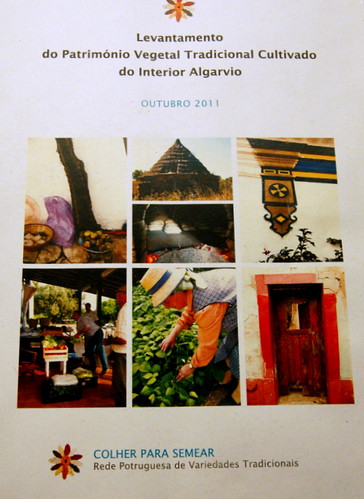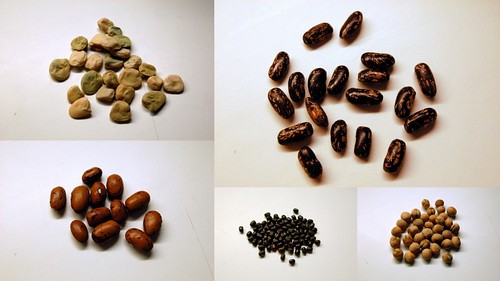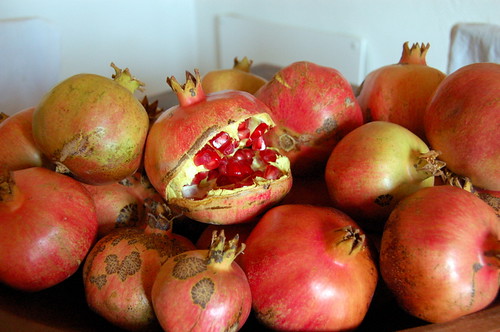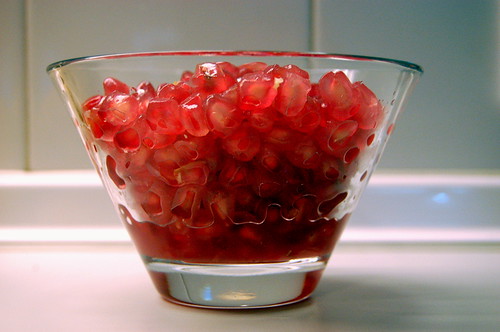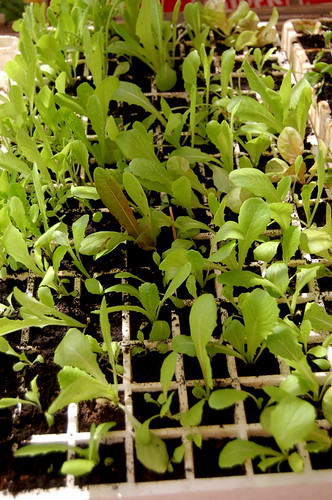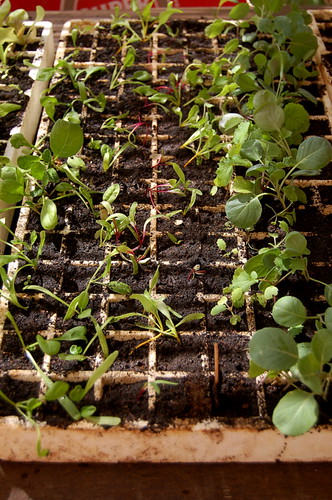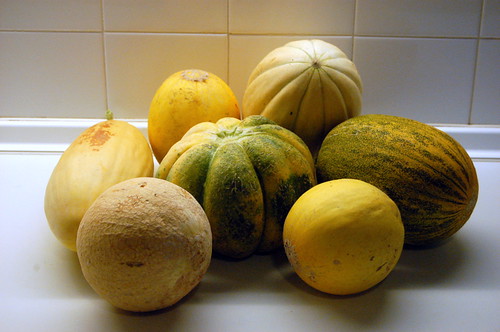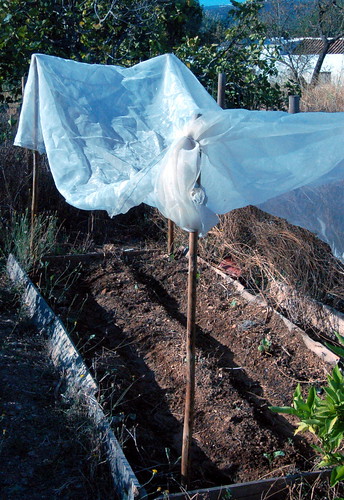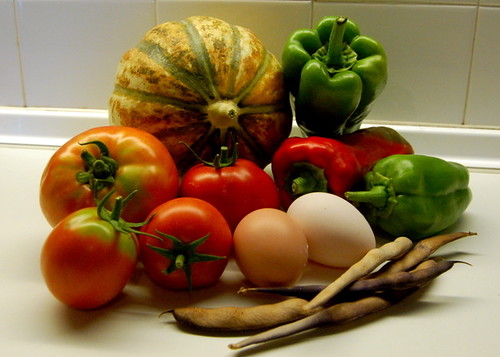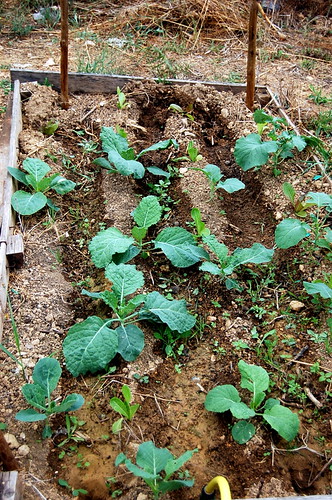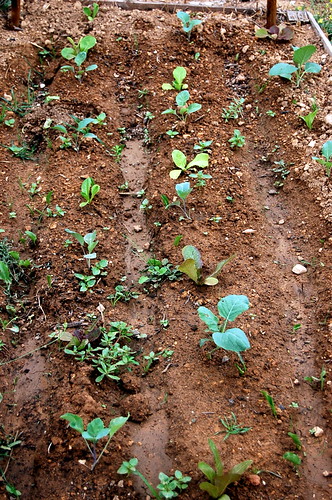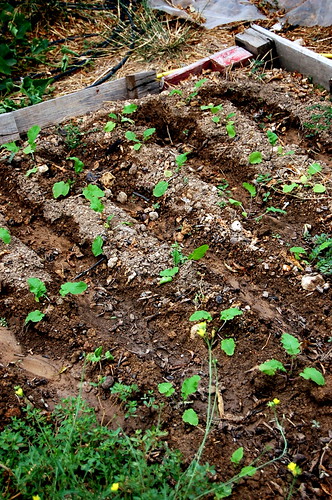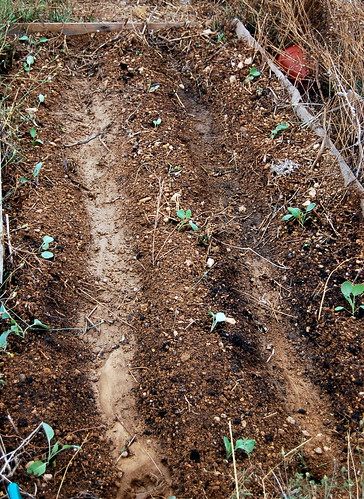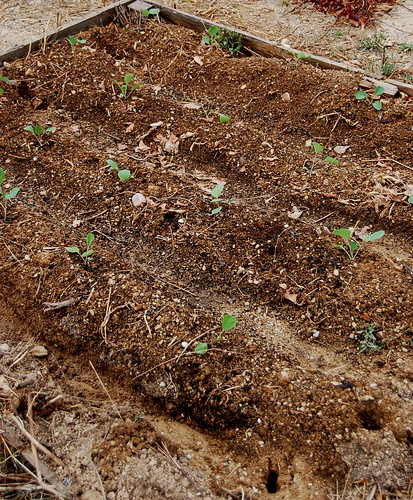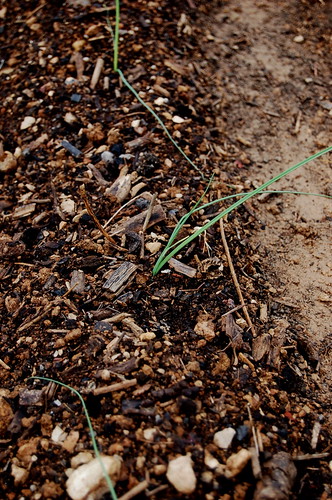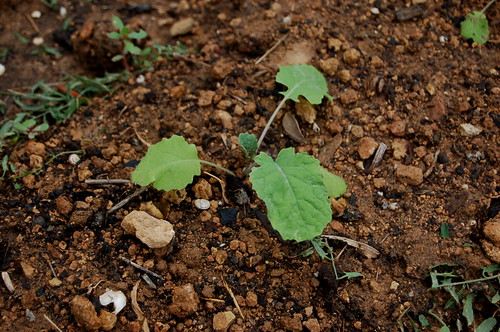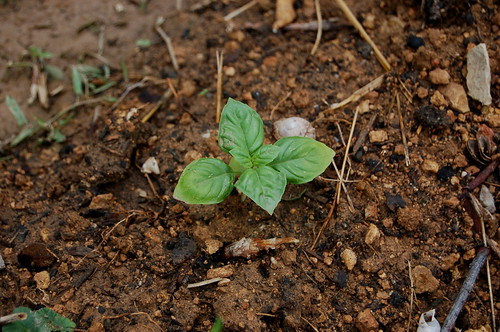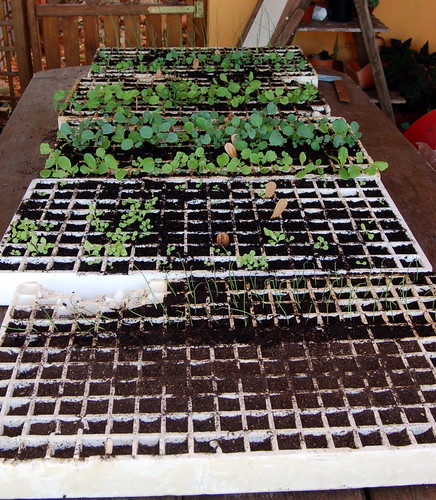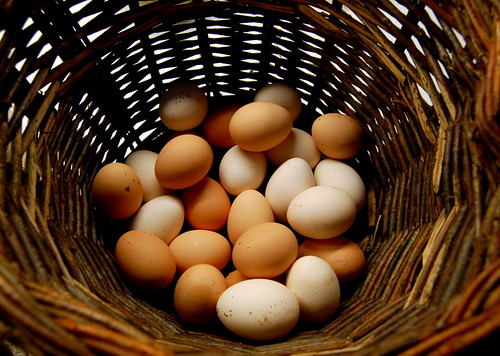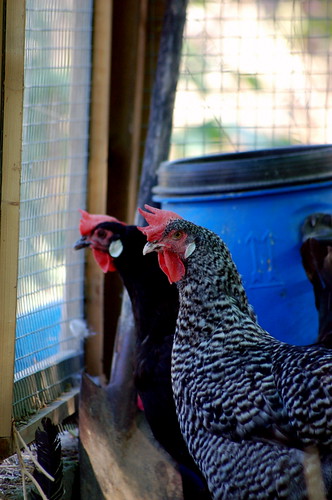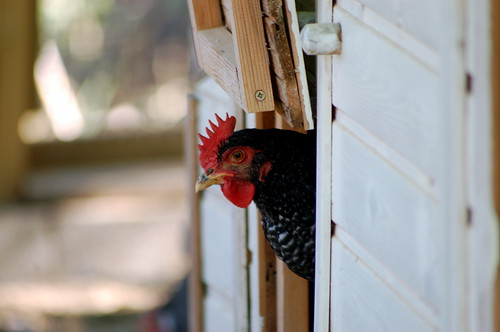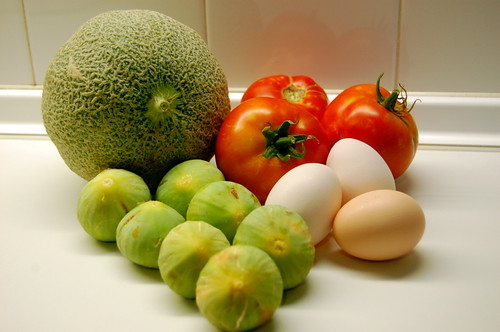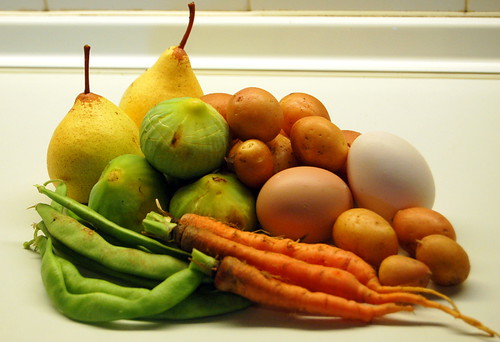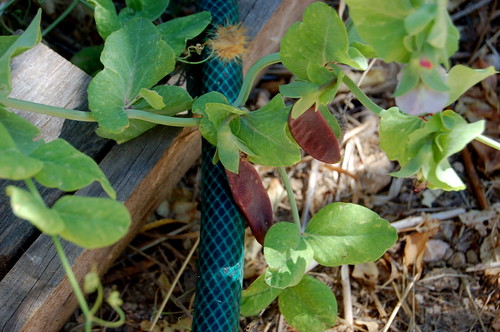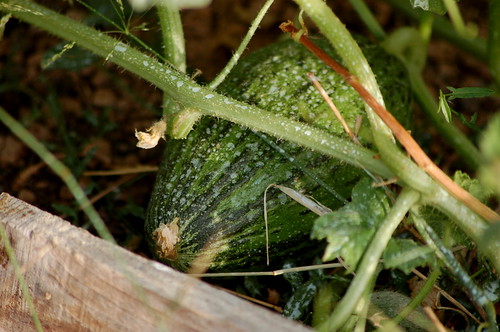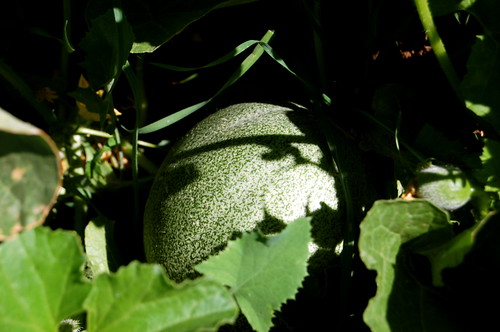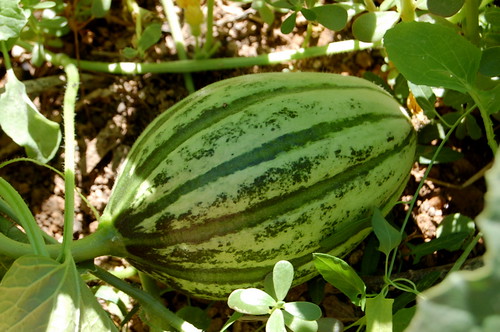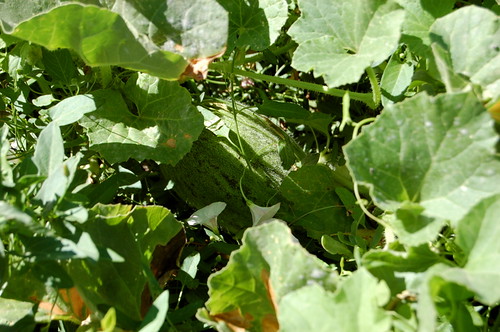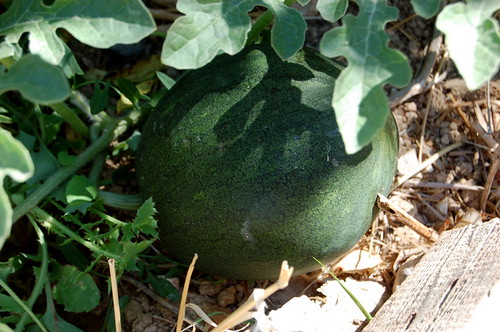
É agora a altura de plantar morangueiros. Este Domingo fui ao mercado e vim de lá com dois molhos de morangueiros e dois vasos de framboesas. Todos os anos planto novos morangueiros porque até agora nunca consegui que sobrevivam durante o Verão. Este ano tenciono mantê-los com uma camada de palha bastante espessa para ver se conseguem sobreviver ao calor e tempo seco.
Now is the right time to plant strawberries so I went to the market this weekend and came home with two bunches of strawberry plants to plant out in the vegetable garden. Strawberries seem to die on my vegetable garden every summer, so every autumn I need to plant new ones. This year I plan to mulch them really well to see if they can survive the dry hot summer weather.
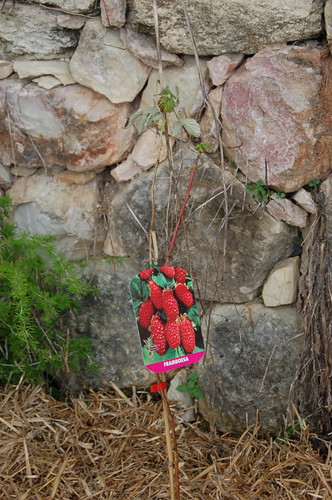
Não consegui encontrar framboesas amarelas (que na minha opinião são mais saborosas que as vermelhas) por isso acabei por trazer duas vermelhas. Numa próxima oportunidade quero ver se consigo comprar duas amarelas para substituir as que tinha e que, inexplicavelmente, morreram o inverno passado.
I also bought two raspberry bushes to replace the ones I had (they died last winter for no good reason). Unfortunately I didn't find any yellow raspberries (they are tastier than the red ones in my opinion) so end up with two red ones. Maybe next time I'll manage to find yellow ones.
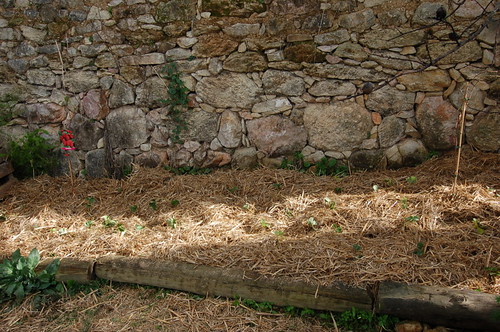
Depois de arrancadas as ervas a terra foi enriquecida com estrume e composto, plantaram-se os morangos e as framboesas, regou-se e cobriu-se tudo com palha. Agora é esperar que comecem a crescer e que na primavera nos dêem muitos e bons morangos.
The bed was cleaned of weeds and filled with manure and compost (we want them to have a good start). Then once the plants were on the ground I watered the and mulched heavily. Now, if all goes well, I just need to wait and in a moth or two they should start to bloom.


